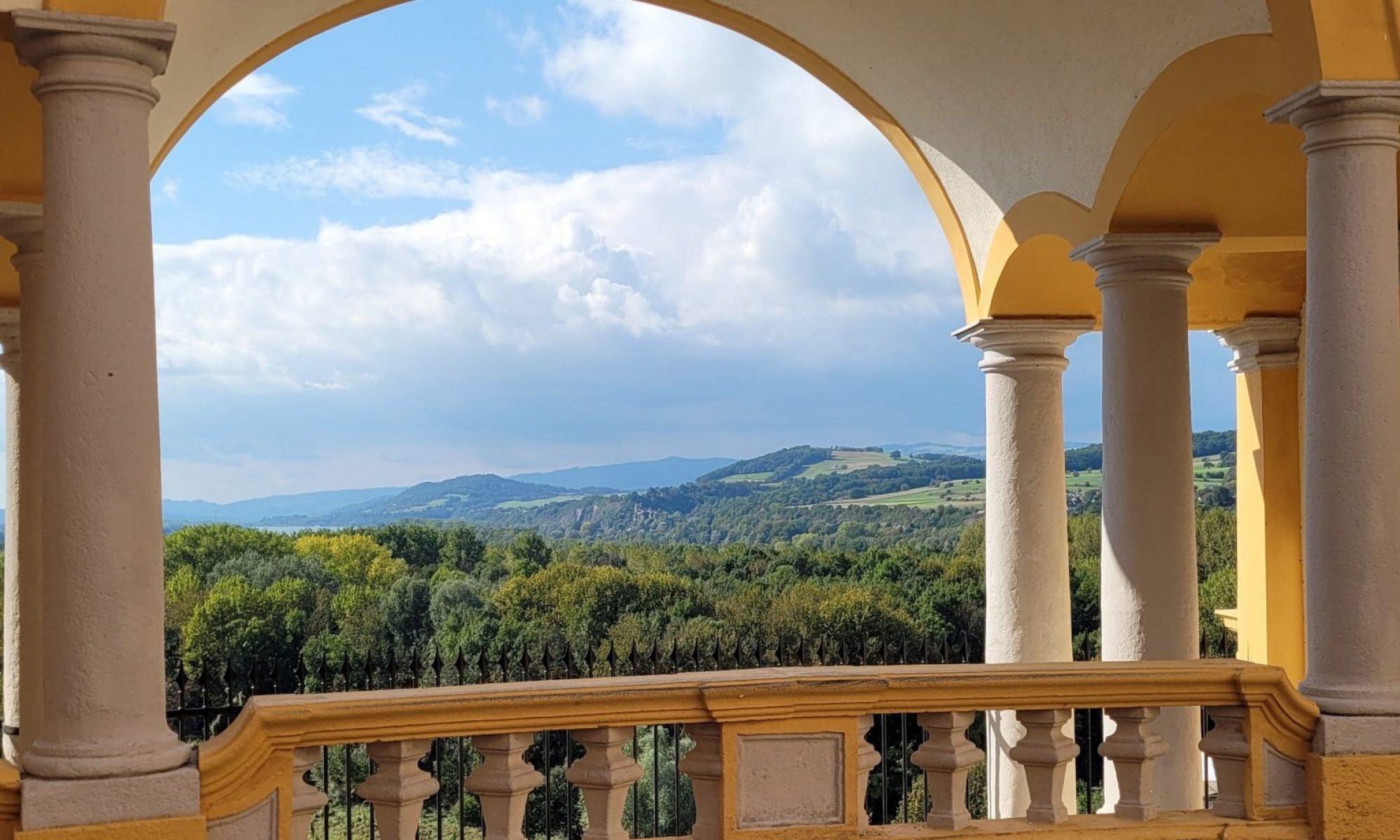We’ve been down this road before. It has helped.
This past week has embraced us with the feeling of a watershed moment. Peaceful protests are still the central focus across the country, while incidents of mayhem seem to have died down. History shows that something good often comes out of it, impossible as it may seem at the time.

When Gallup conducted polls in the early 1960s, both before and after the 1963 March on Washington (the “I Have a Dream” speech), respondents said that such massed protests hurt the cause of civil rights. Not by a bare majority either; in May 1964, 74% of those polled by Gallup said that non-violent protests “hurt the Negro’s cause for racial equality. ” It’s hard to see the watershed when the waterfall is still falling on our heads.
Protests, historically, have followed a particular pattern. Oppression. Uprising, partly peaceful/partly violent. Masses come together. Law enforcement cracks down. More mass protests, more crackdowns. Trials with verdicts, rarely with justice satisifed. But later, some change. Society inches forward over the rubble.
Here are a few examples from the last seven centuries or so.
Negotiations Go Better when You Don’t Spit on the King
The Peasants’ Rebellion of 1381 is an early example of mass protests which led to positive change, though it took a squirrely path to get there. Let me set the scene. The Black Death had ravaged Eurasia and North Africa, where by the 1350s, somewhere between 30-60% of the population had succumbed. Peasants died by the millions, but the landowners and wealthy were also not spared, leading to a labor shortage and inflation. Laborers demanded higher wages and more autonomy, and some got it from the barons who depended on the peasants to work their farms for income. At the same time, England was engaging in continuous skirmishes with France on their own soil and across the Channel, and constant war was expensive. All of it sounds rather familiar.
Continue reading “We Do Not Protest Too Much”

